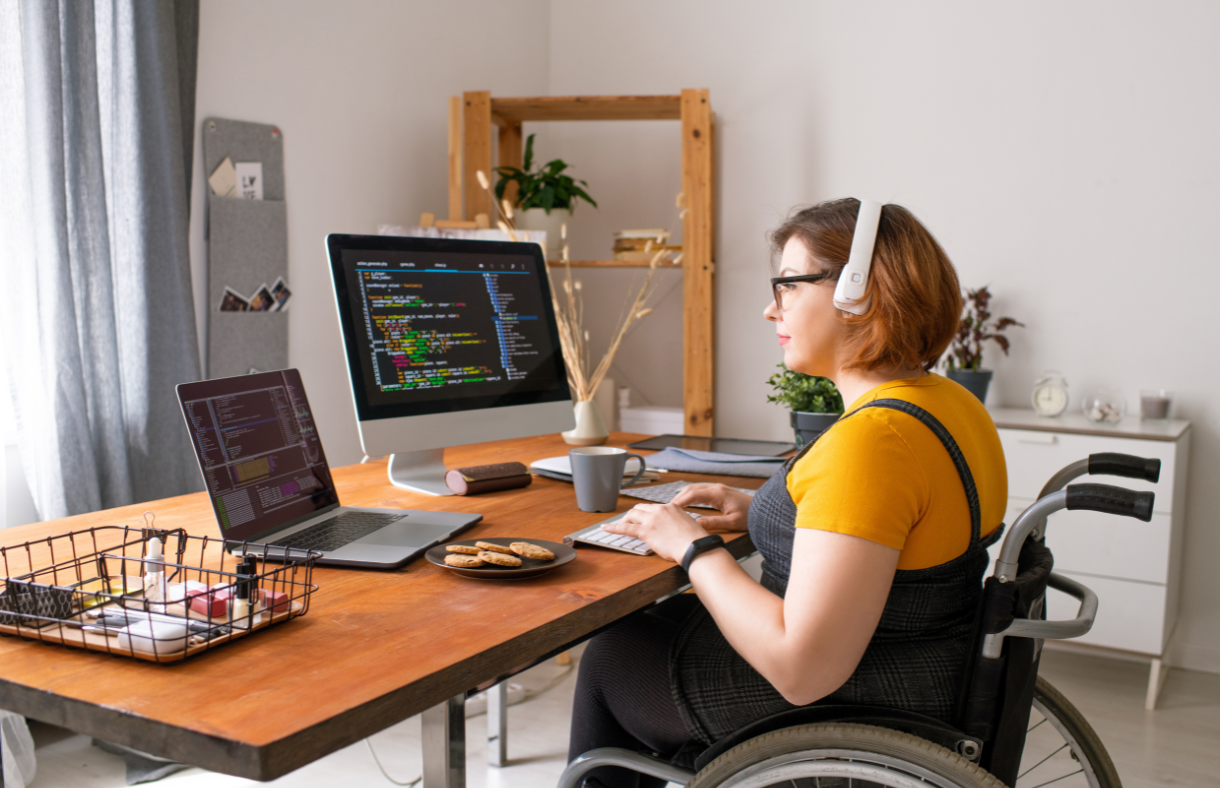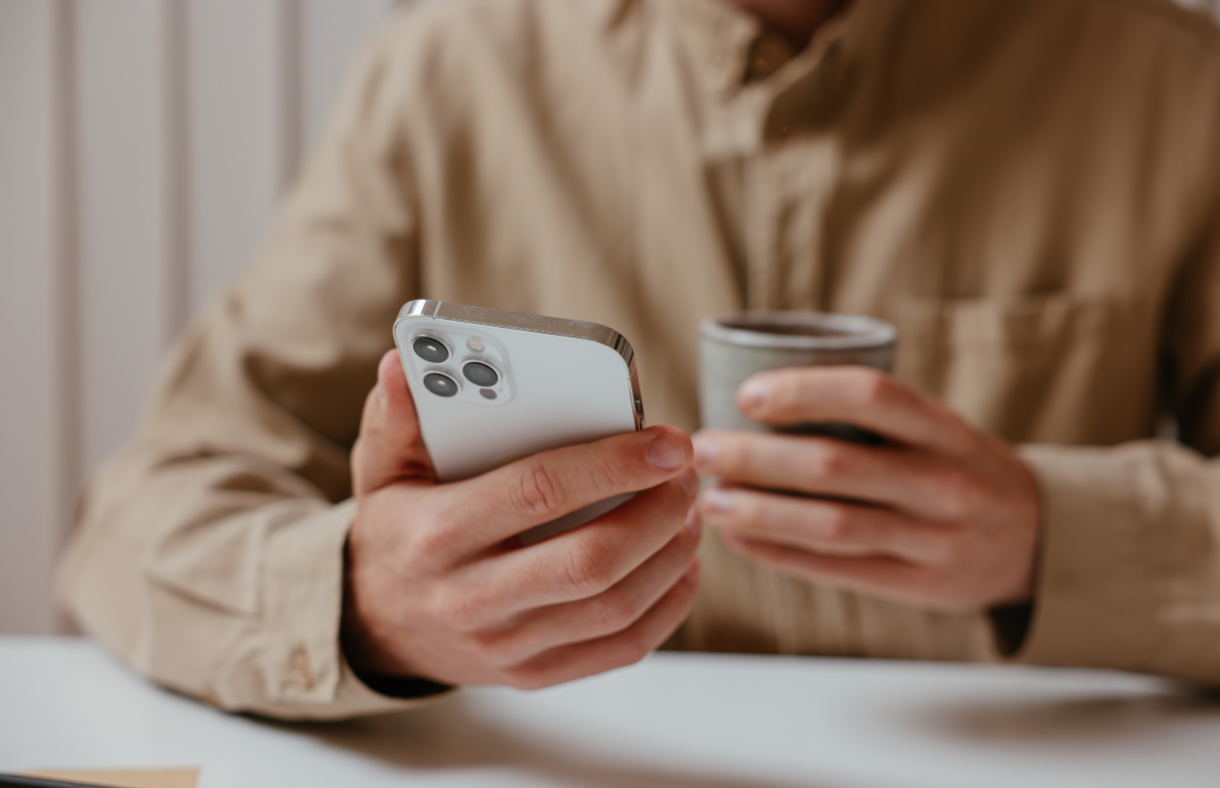Some people love trying out new digital devices. Others see only a nightmare plunge into alien territory. But whether approached eagerly or reluctantly, new technology is a fact of life, and few people can ignore it forever.
If you tend toward the “reluctant” side, the following tips can help in a smooth transition. (Prepared in collaboration with Alejandra “Ale” Gonzalez, BridgingApps Digital Navigator.)

Comparing Apples to Androids
If you’re choosing between the two major operating systems:
- All iOS software is pretty much alike, but Android has a variety of manufacturers and a variety of layouts. If you’d rather not learn a new system with every new device, choose either an iOS or a Samsung, the most widespread Android and the easiest to find “user tips” for.
- If you aren’t sure whether you prefer an iOS or an Android, experiment with both before purchasing.
- Key questions for the final decision: (1) What will you use the device for? (2) What are you personally comfortable with?
Setting Up
If you already have a brand-new device and aren’t sure what to do with it, the provider’s customer service is one source of help. (Apple is known for accessible advisors, both through remote channels and in physical stores.) Other options include Digital Navigators, tech schools, and libraries.
BridgingApps also has “Did You Know?” videos on our YouTube channel, explaining a variety of Apple and Samsung functions. Most of these videos are available in both English and Spanish.
A few functions we recommend you learn on any device:
- Turning it on and off
- Setting up chargers properly, especially the newer wireless versions
- Checking that apps are properly closed after use
- Adjusting volume (note: some apps have their own microphones that operate separately from the main device’s settings)
- Turning on captions
- Adjusting screen brightness
- Changing default font size
- Using a voice assistant (Google on Android, Siri on iOS)
- Using a screen reader
- Using special accessibility settings (modern devices have built-in assistive technology for disabilities affecting vision, speech, hearing, and/or dexterity)
- Downloading new apps from the (Apple) App Store or (Android) Google Play Store
Even if you’re familiar with these from an earlier device, double-check to see if there are any differences. Tiny changes can become big puzzles when you’re hurrying to get a task started.

Into the App-Verse
Do spend time getting to know your new device before installing a screenful of additional apps. It’s easy to waste data space, and perhaps money, on a “new” function that an existing app performs just as well. (Physical accessories, such as phone cases, can also tempt you to purchase too much too fast.)
When you do add new apps:
- Consider your own experience and interests: don’t download an app just because it’s popular.
- Review descriptions carefully before downloading. Know how a basic app differs from a Premium version, when trial periods expire, and whether you’re required to store financial or personal information. Also, not all apps are accessible to all users, so make sure of any assistive features you’ll need.
And if you’re wondering which app(s) might be right for you, our Search Tool section is a good source of reviews and recommendations. Search by keyword, price, category, or user age; or use the Lists page to find options in more specific categories, such as Older Adults/Seniors and Summer Apps for Adults.
If you prefer information by video, we also have recordings covering the following and more:
- Stress relief
- Speech-to-text/text-to-speech
- Customized voice generation
- Translating
- Vision impairments
Ale’s Favorite Tip
Finally, don’t ever be scared of a new device. Play around with it all you like to get the feel of it; and be assured you won’t break anything by hitting a wrong button. If you get stuck on closing or undoing something, you can always ask for help as mentioned above. You learn by doing and by trial and error!

